DCU Saint Patrick’s Drumcondra Campus, Dublin
· “One of my hopes is that we will develop Catholic family support groups at diocesan and parish level which might not only assist with marriage preparation, but also with supporting couples in the years immediately following marriage”
· “A challenge for our preparation and celebration of the World Meeting of the Families is how we are going to connect with those who, for whatever reason, perceive that the Church has little or nothing to say to their particular family situation”
· “We have the joy, and challenge, of presenting the Church’s clear and positive vision of marriage and family: the Good News that human life is sacred, that each human being comes from God, who created us, male and female”
This weekend last year I was preparing to head home from the Family Synod in Rome. I knew I had been part of something very special and historic in the life of the Church. We came from every corner of the world – it was a truly global event – but we belonged together. We were ‘connected’ – as brothers and sisters in the great universal family that is the Catholic Church. The theme of the Synod was ‘the vocation and mission of the family in the Church and contemporary world’. During those three weeks we shared our concerns and hopes for family life from the perspective of our different countries and contexts. And all the while Pope Francis listened attentively, concentrating deeply on every word. We were Cum Petro et sub Petro (with Peter, under Peter).
At the end of the Synod we offered Pope Francis reflections in the form of a final report, inviting him to write an ‘exhortation’ for the whole world. The result was his powerful and challenging document: Amoris Laetitia, (The Joy of Love On Love in the Family). The Synod and Amoris Laetitia provide both the foundation and the mission for the next great global Catholic event – the World Meeting of Families here in Dublin in 2018.
Countdown
The countdown has begun and here today, from every corner of Ireland, we have gathered to begin our reflection on the theme chosen by Pope Francis for the World Meeting: ‘The Gospel of the Family – Joy for the World’. Today I have that same sense of belonging and ‘connection’ as I had at the Synod. Once more I am reminded that the Catholic Church in Ireland, and throughout the world, is ‘a family of families’ – a network of believers, homes, communities, parishes and dioceses. In choosing to come here today we are affirming that we believe in Family. We are committed to the Family as the ‘school of humanity’, as fundamental to society and the common good. We recognise the importance of Family in the life of the Church; we believe the family is the ‘domestic Church’, the ‘little Church’; the family is the essential agent of the Good News. Amoris Laetitia puts it well: ‘The Church is good for the family and the family is good for the Church (AL87)’.
Our personal experience of Family
When I look back on the Synod, my most vivid memories are of bishops and others sharing their experiences of growing up in a family. From Ireland to Fiji, from Myanmar to Nigeria – each of us had our personal stories of the joys and struggles in our own home and family situations- most had happy memories of their childhood and youth, but many also had painful recollections, perhaps because of a breakdown in relationships, illness, bereavement or economic hardship. It brought home to me the truth that no family is perfect, and yet every family is precious in the eyes of God. Pope Francis puts it like this at the end of Amoris Laetitia: ‘No family drops down from heaven perfectly formed; families need constantly to grow and mature in the ability to love. This is a never-ending vocation born of the full communion of the Trinity, the profound unity between Christ and his Church, the loving community which is the Holy Family of Nazareth, and the pure fraternity existing among the saints of heaven (AL325)’.
I invite you to reflect on your own family story today, to ‘connect’ in thought and prayer with your parents, siblings, grandparents, and extended family network. Consider what the forthcoming World Meeting of Families in Dublin might have to say to your family. What are your hopes for this great global gathering in August 2018? More importantly, what might we do as Church before, during and after the World Meeting, to ensure that our proclamation of ‘The Gospel of the Family: Joy for the World’ is heard and shared by as many people as possible?
It would be so easy for the World Meeting of Families to end up as a once-off event, an extravaganza which will come and go like a big pop concert or sports final. What might we do together as Church, as ‘a family of families’ to harness the grace and opportunity of this time to ‘re-connect’ families with their fundamental calling and to send a clear and lasting message of hope that Family is Good News for today and for the future?
Connections
In choosing Ireland to host World Meeting of the Families, Pope Francis has given a gift to our Church and our country which we have accepted with humility and openness to the graces that it can bring. My hopes for the World Meeting keep coming back to that word ‘connection’.
Family is all about ‘connection’. Family connects us to a home, to ‘ar muintir fein’, the people who are our flesh and blood. It links us to a community, a parish, a county and an ever-expanding network of people and places. Family also connects us to a history and culture, a language and tradition, to our ‘DNA’, our roots, to our past, present and future. Family connects us to faith and values, to baptism and the community of believers. I pray that Ireland’s hosting of the World Meeting of Families will enable families to ‘connect’ and ‘re-connect’ at a whole variety of levels, both with each other and with the wider ‘family of families’ that is their Church.
The connections within family life are sometimes broken by distance, by disagreement or breakdown, or simply by the pace and distractions of fast-moving everyday life in the twenty-first century. Sometimes we are so busy that families lose touch or drift apart for want of quality time spent together. Simple things like eating together, making the effort to be in each other’s company, sharing memories and news of what’s happening in each other’s lives, and of course praying together even for a few moments – these are the links that connect and re-connect families with each other.
Connecting with Family Prayer
During the Synod, Pope Francis led us every day in prayer for the family, connecting us spiritually to the needs of families throughout the world, especially those who experience violence, rejection and division. He offered the Holy Family of Nazareth and the Holy Trinity as ‘icons’ of family love, prayer and communion. Might the World Meeting of Families encourage us to revive the importance of prayer in and for the family? Many Irish homes have crucifixes, images of the Sacred Heart or of Blessed Mother Mary as reminders of God’s presence among them. Many parents still teach their children to pray Morning and Night Prayers, the Rosary, Grace before meals and the Angelus. Schools create spaces and opportunities to teach our children to pray using the Word of God or Adoration of the Blessed Sacrament. Still, many families today need prayer guidance and support and this is an area where Family Associations and Movements like those here today can connect in with families to offer help.
Connecting with those Preparing for Marriage
With the World Meeting of Families comes an opportunity for us to connect with young people who are thinking about marriage. Many of them have picked up a distrust of commitment and institutions, and even fear that marriage and family may damage their social and economic independence. There is a tendency to delay or avoid life-long commitments especially when employers expect young people to be flexible and available to work long, unsociable hours. Meanwhile social media demands so much attention and time and can put serious pressure on relationships.
Into a seemingly ‘soul-less world’ we have the joy and challenge of presenting the Church’s clear and positive vision of marriage and family: the Good News that human life is sacred, that each human being comes from God, who created us, male and female; that God loves each and every one of us; that chastity is achievable, healthy and good for our young people; that self-giving love and commitment in marriage is not only possible, but is a beautiful and fulfilling vocation which can grow and develop with the power of God’s grace.
Pope Francis put it powerfully when he said last January: “The Church, with a renewed sense of responsibility, continues to propose marriage in its essentials – offspring, good of the couple, unity, indissolubility, sacramentality – not as ideal only for a few – …but as a reality that, in the grace of Christ, can be experienced by all the baptized faithful (to Roman Rota Tribunal, 22 January 2016)”.
To present this challenging vision of marriage and family we need a network of support for those young people who are preparing to marry. Of course remote preparation for marriage begins in the family home with parents as the first witnesses and teachers of the meaning of marriage and the family. It continues in Catholic schools through sound Relationships and Sexuality Education programmes that are in accordance with the Catholic ethos. With regard to the immediate preparation that takes place in pre-marriage courses, The World Meeting provides us with a timely opportunity to evaluate marriage preparation this with the help of our committed ACCORD facilitators and others. Bishops at the Synod spoke about the importance of marriage preparation being more directly connected with parish, with the worshiping community and with supportive couples and families within the parish.
The pre-catechetical programme that will be launched next Spring for the World Meeting of the Families will be a valuable resource for ongoing marriage preparation and support programmes. One of my hopes for the next few years is that we will develop Catholic family support groups at diocesan and parish level who might not only assist with marriage preparation, but also with supporting couples in the years immediately following marriage. Intentional Catholic families can sometimes feel isolated so there is a need for more movements and associations like those here today to connect with them and to guide and nourish the vocation and mission of marriage and the family. At the heart of these initiatives is the conviction that it is primarily families who minister to other families, married couples who minister to other married couples, young people who support other young people in the faith.
Connecting at significant moments
I was thinking recently of the times and places where the Catholic Church in Ireland already connects with families. We are there at the a happy moments of family life – like Christenings, Weddings, First Communion and Confirmation days; and we are there at sad times – like funerals, anniversary Masses, cemetery Sundays, or in times of great tragedy or loss in a community. On all these occasions the Church as mother, gathers her children and families around to share joy or to provide comfort. I believe we could make more of these sacred moments and spaces. We might consider new ways of linking and connecting with families at significant moments – like important wedding anniversaries, engagement, when the children are starting school, or young people doing exams, when family members are sick, or someone is leaving home. Many parishes have already developed liturgical and pastoral outreaches to mark these moments: we ought to share this good practice more widely.
Connecting with those who feel excluded
The overwhelming desire among the bishops at the Synod was to reach out and connect with all families, and especially with those whose homes are visited by tragedy or violence and those who, for whatever reason, have experienced breakdown in their relationships and may feel excluded from the Church. The Synod was clear that we need to be mindful of those who have begun new relationships and unions, and find sincere and truthful ways of welcoming and including them in the life and worshipping community of the Church.
What do we do in these situations, the Synod asked? Do we sit outside and judge, or do we accompany all our people, presenting the truth and joy of the Gospel in a loving, charitable way. In Amoris Laetitia, Pope Francis proposes pastoral discernment and accompaniment in difficult situations, including a ministry of care to families with gay members or to those where the marriage relationship has broken down, always conscious that the Christian message of truth and mercy converges in Christ. A challenge for our preparation and celebration of the World Meeting of the Families is how we are going to connect with those who, for whatever reason, perceive that the Church has little or nothing to say to their particular family situation.
The Synod Final Report makes it clear: “We the Church start ‘from the real life situations of families today’, all in need of mercy, beginning with those who suffer most. With the Merciful Heart of Jesus, the Church must draw near and guide the weakest of her members who are experiencing a wounded or lost love, by restoring confidence and hope, as the beacon light of a port, or a torch carried in the crowd, to illuminate those who have lost their way or find themselves in the midst of a storm” (Relatio Synodi, 55)
The “Gospel of the Family – Joy for the World”
The celebration of the World Meeting of the Families in Ireland is providing us with an opportunity to distil for our times the beautiful and prophetic vision of God’s plan for marriage and the family. We believe that this vision is Good News for society and the world and it deserves particular support at every level including public policy and legislation.
Pope Francis says: ‘The family deserves special attention by those responsible for the common good, because it is the basic unit of society, which brings strong links of union that underpin human coexistence and, with the generation and education of children, ensure the renewal and the future of society.’
The Synod fathers put it this way: ‘A society that neglects the family has lost its access to the future’.
‘Strong links’; ‘Connections’; ‘Belonging’; ‘Access to the future’ – together, in our homes, parishes, and in across the dioceses of Ireland, let us seize the opportunity presented by this World Meeting to sow seeds for the future of the family which will flourish to benefit our people, our country and our world.
Thank you for your participation here today, for your ongoing support of families and May God bless you all.
ENDS
Notes for Editors
· Archbishop Eamon Martin is Archbishop of Armagh, Primate of All Ireland and co-chair of the Council for Marriage and the Family of the Irish Bishops’ Conference along with Archbishop Diarmuid Martin, the Archbishop of Dublin.
· Nearly 700 delegates will participate in today’s event to formally launch preparations for the 9th World Meeting of Families which will take place in Dublin from 22 to 26 August 2018. Pope Francis chose Dublin as the 2018 location and gave it the theme: “The Gospel of the Family: Joy for the World”. Archbishop Diarmuid Martin is the President and host, and Father Timothy Bartlett is its Secretary General. The World Meeting of Families takes place every three years and is coordinated by the Vatican’s Dicastery for the Laity, Family and Life. Established by Pope Saint John Paul II in 1992 as a pastoral initiative, its aim is to strengthen the sacred bonds of the family unit across the globe. The first World Meeting of Families took place in Rome in 1994, the International Year of the Family. Every three years since 1994, families from all over the world are invited by the Holy Father to attend this global gathering. During a World Meeting, families come together to share experiences, to dialogue, to pray and work together to grow as individuals and as family units. Delegates participate in discussion groups on the role of the Christian family in the Church and society, and are addressed by distinguished speakers. The eighth and most recent World Meeting took place in Philadelphia in September 2015.

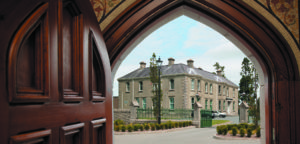
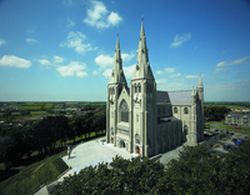
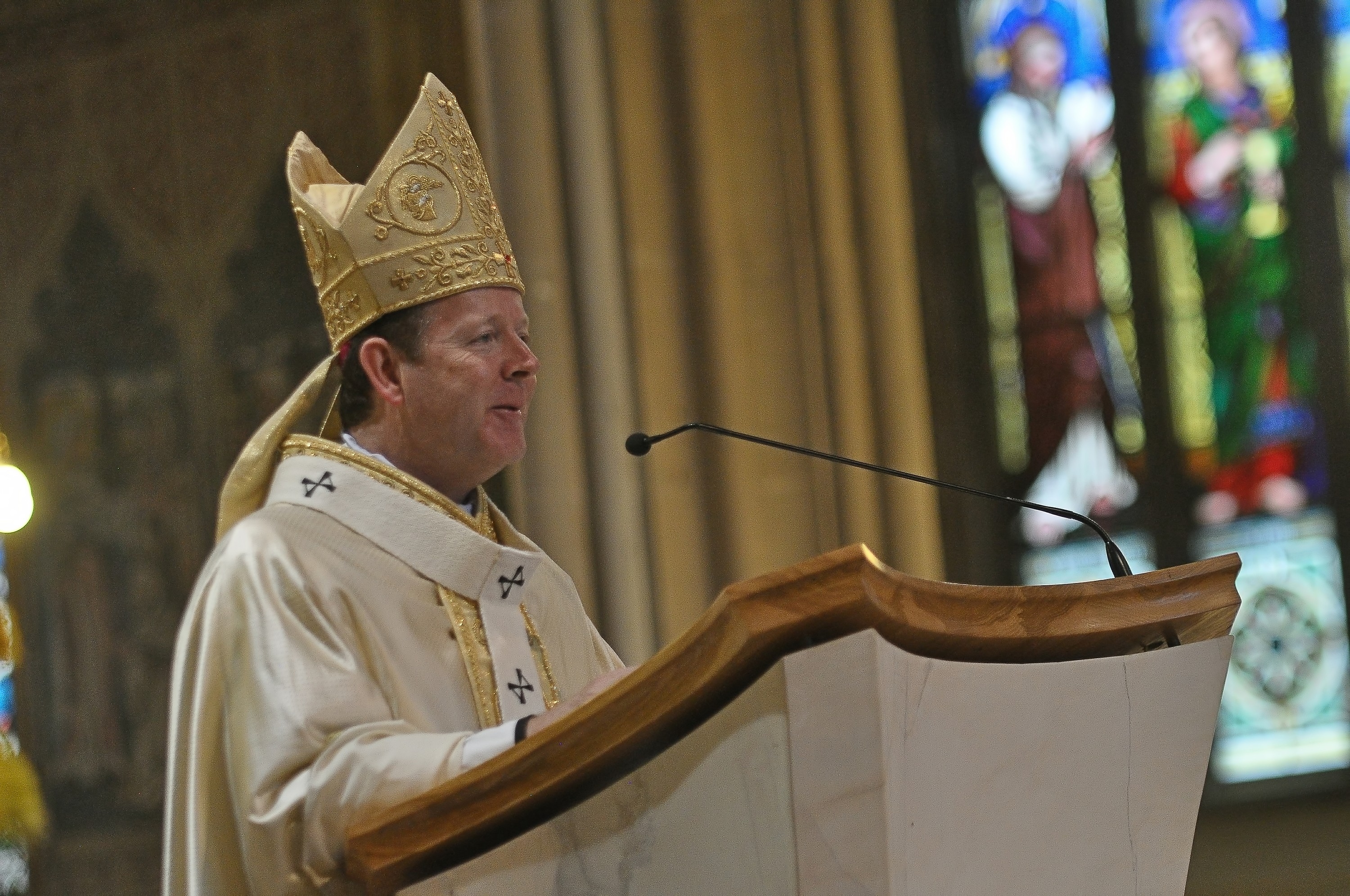
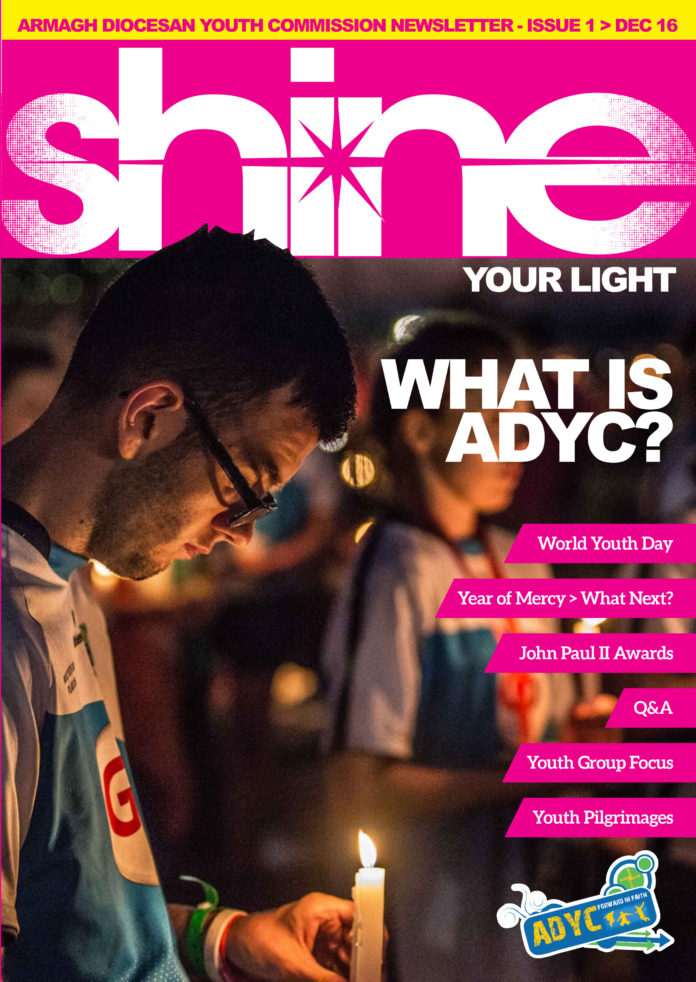
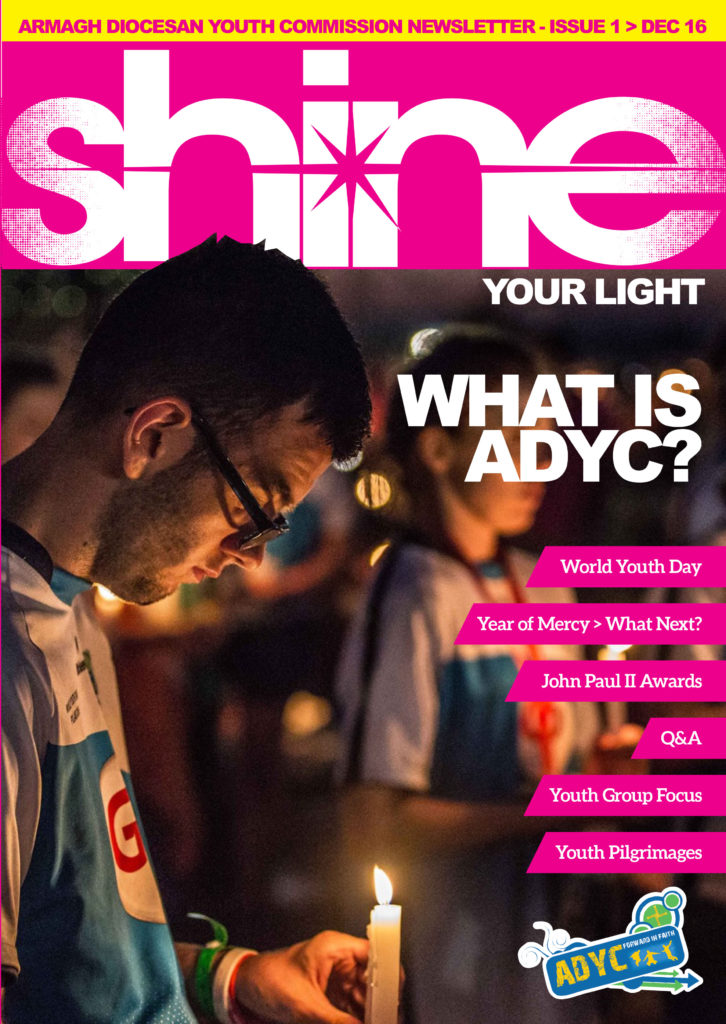
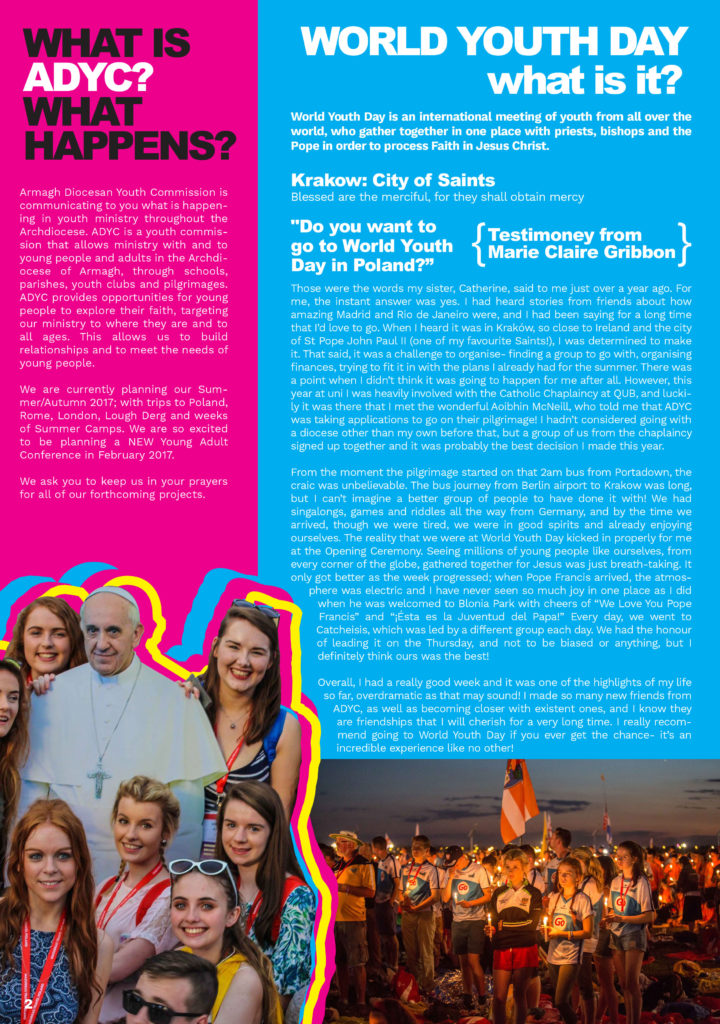
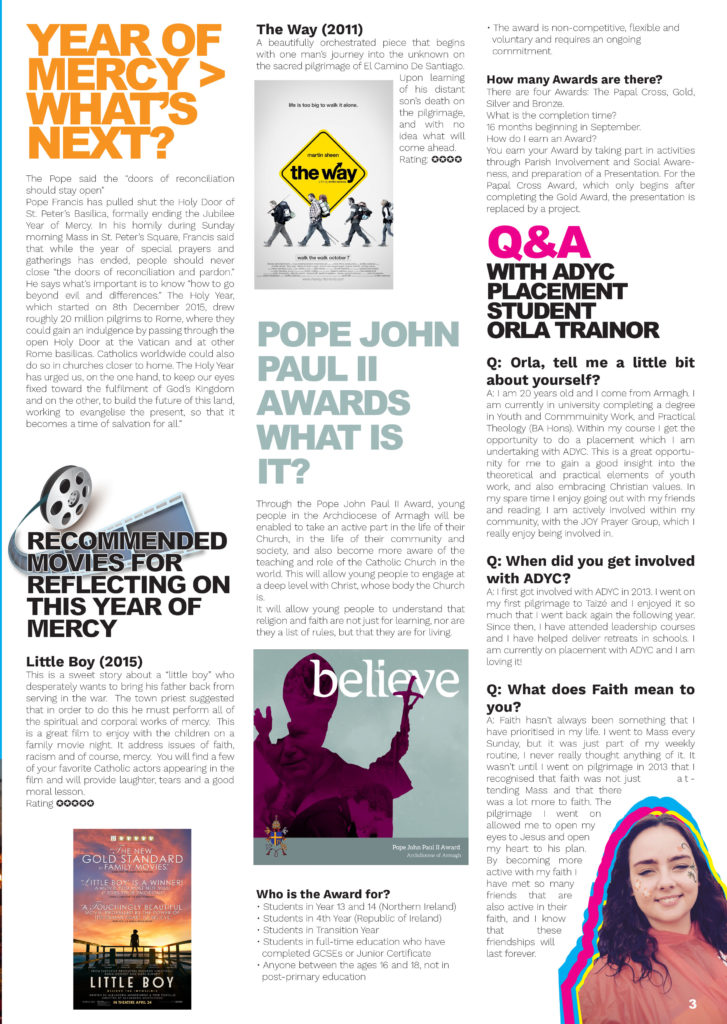
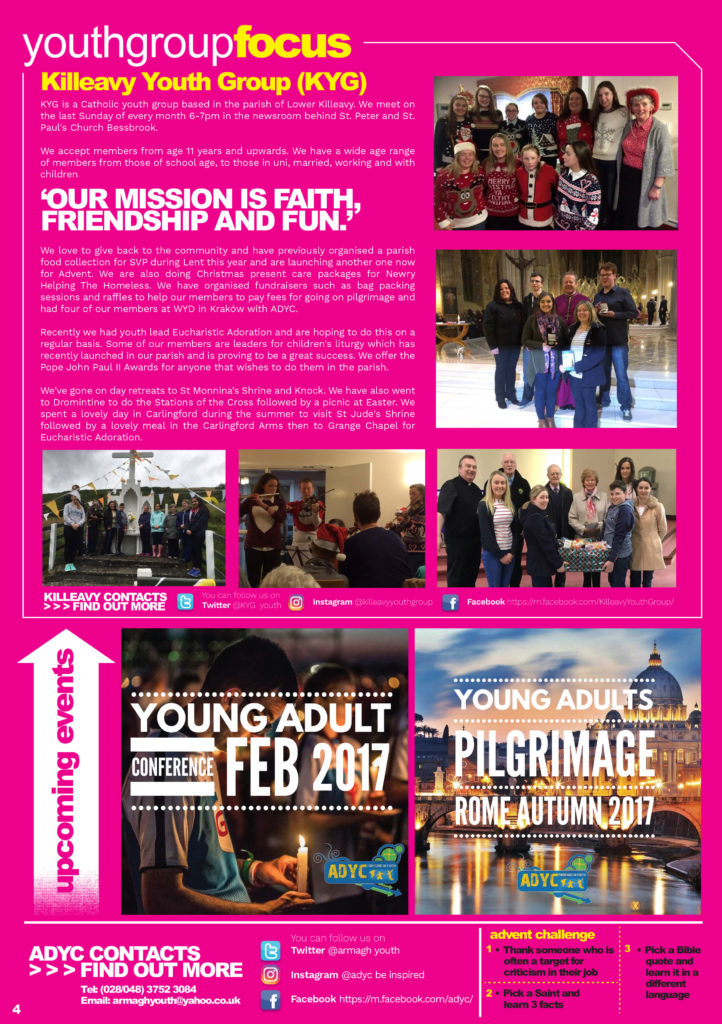

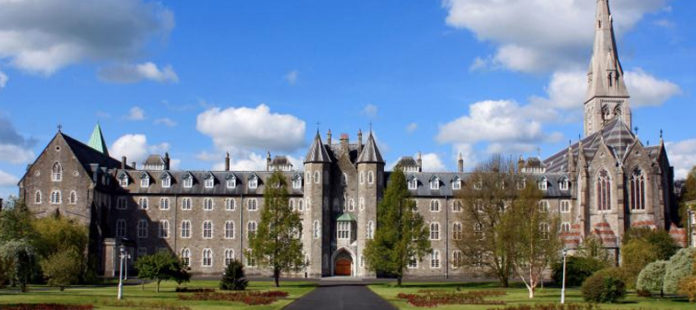
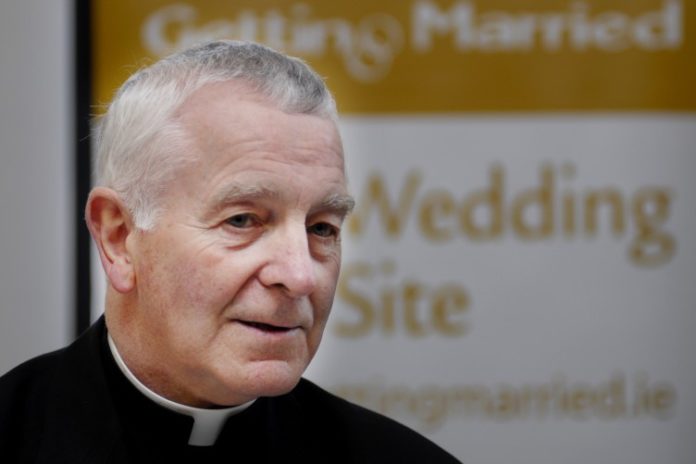
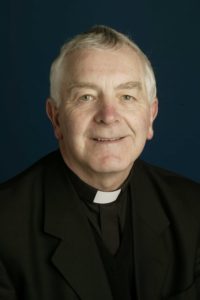
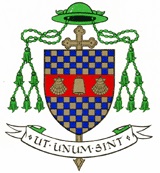
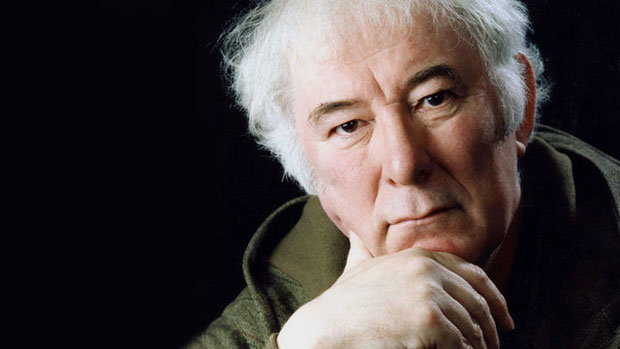
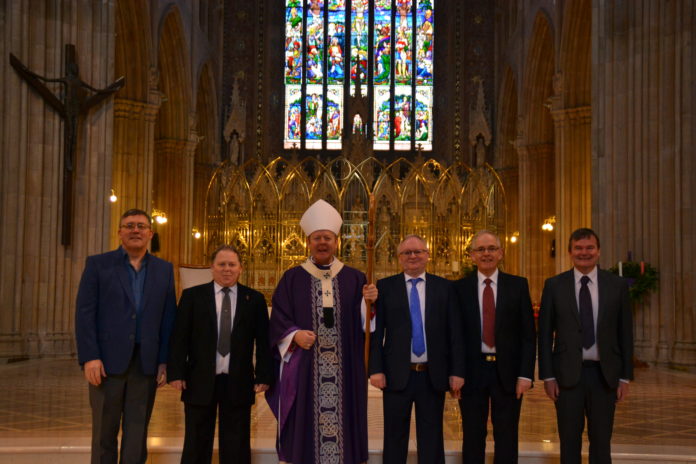
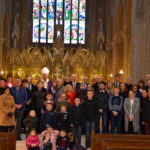

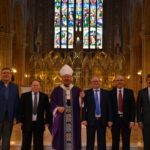
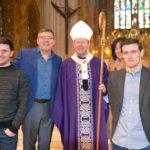
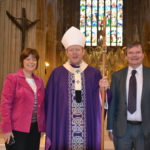
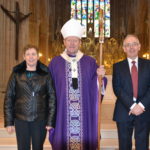
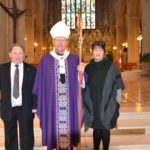
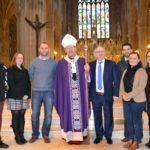

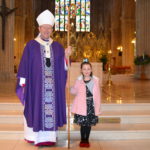
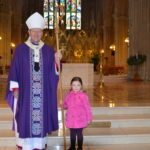
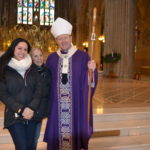
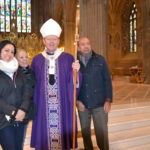
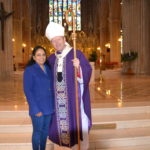
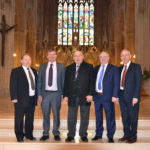
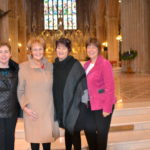


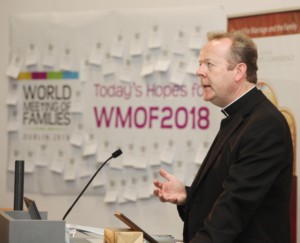
You must be logged in to post a comment.